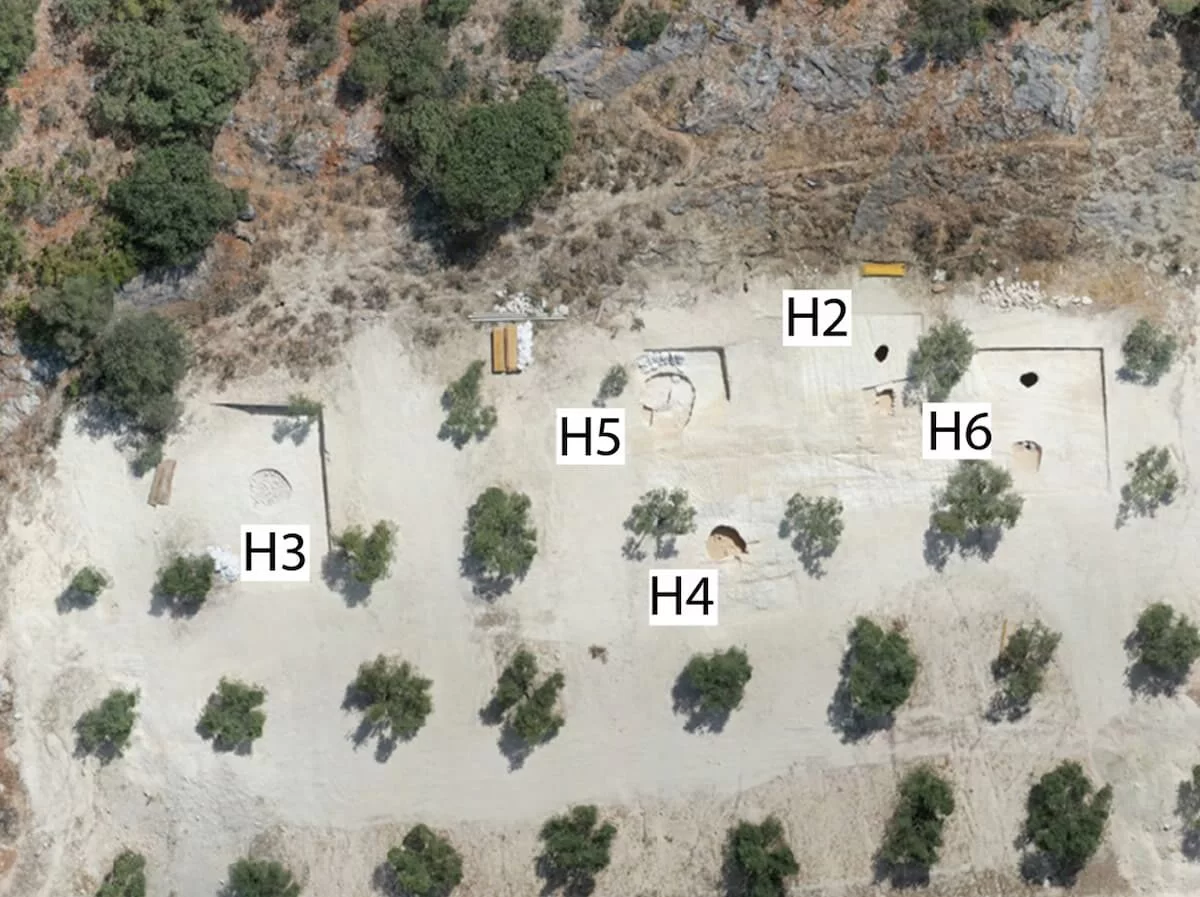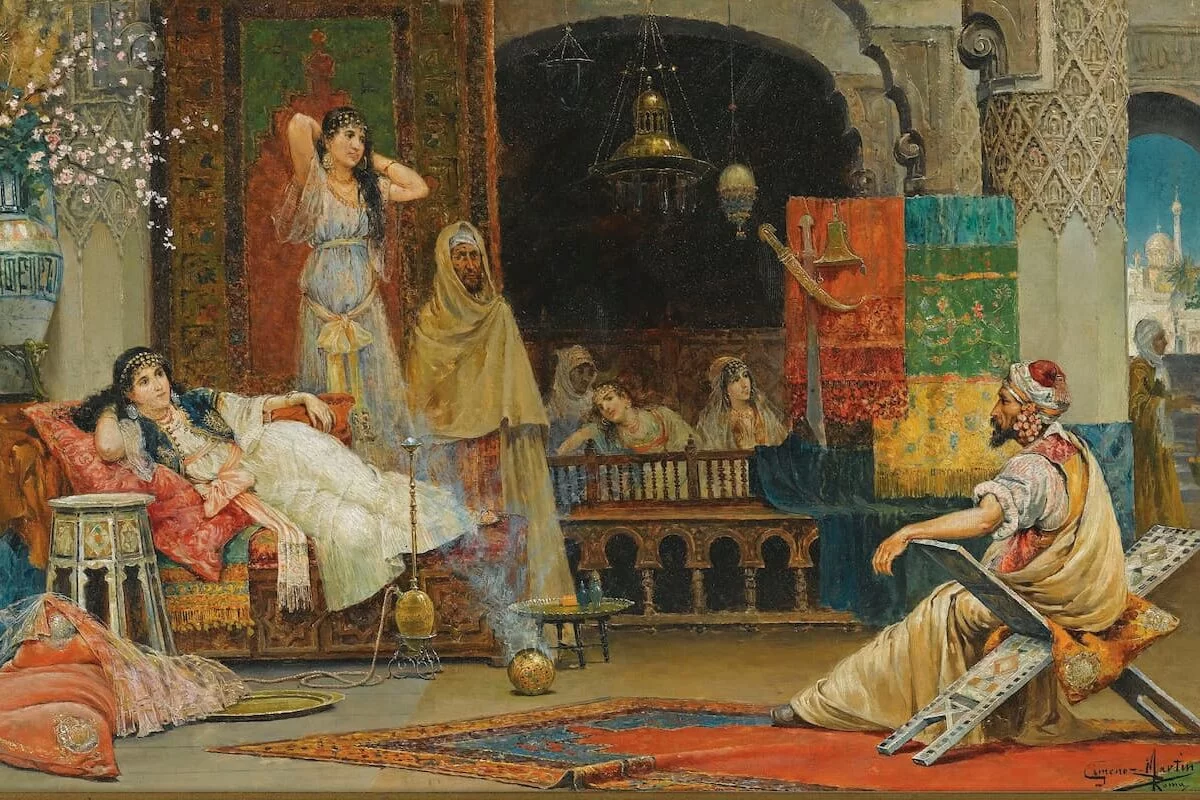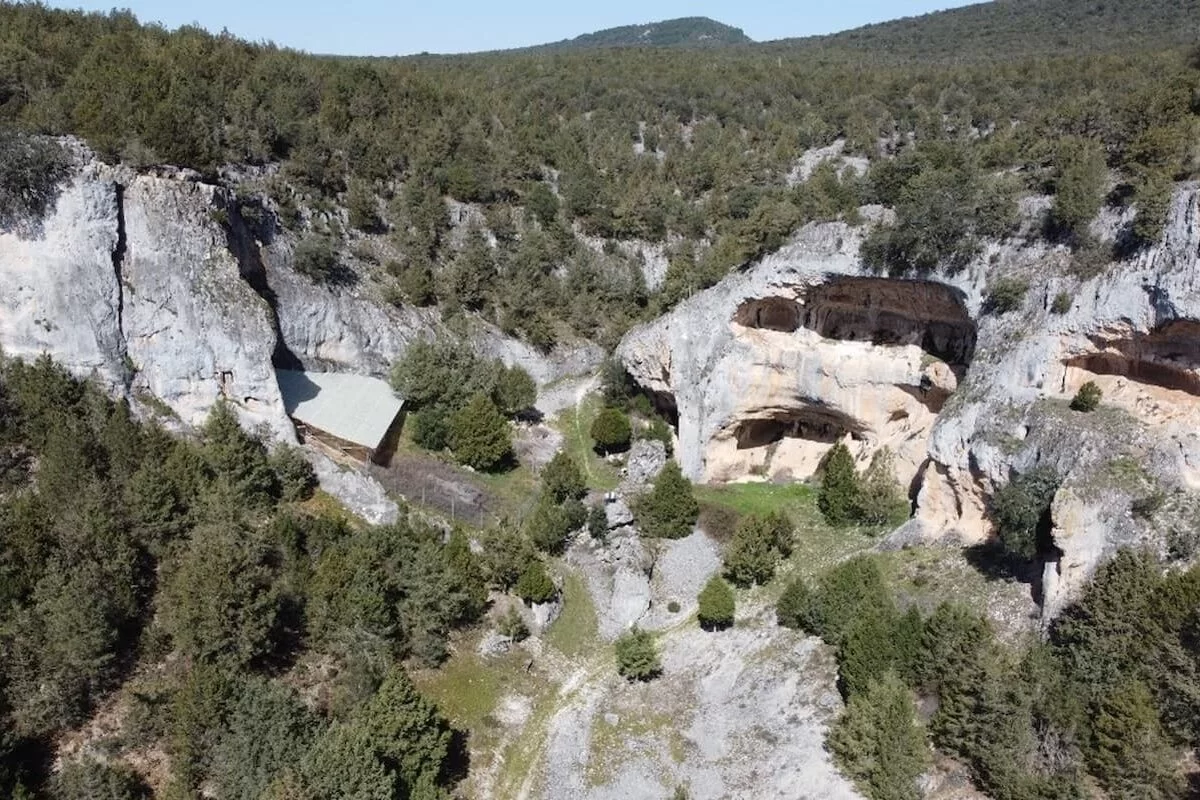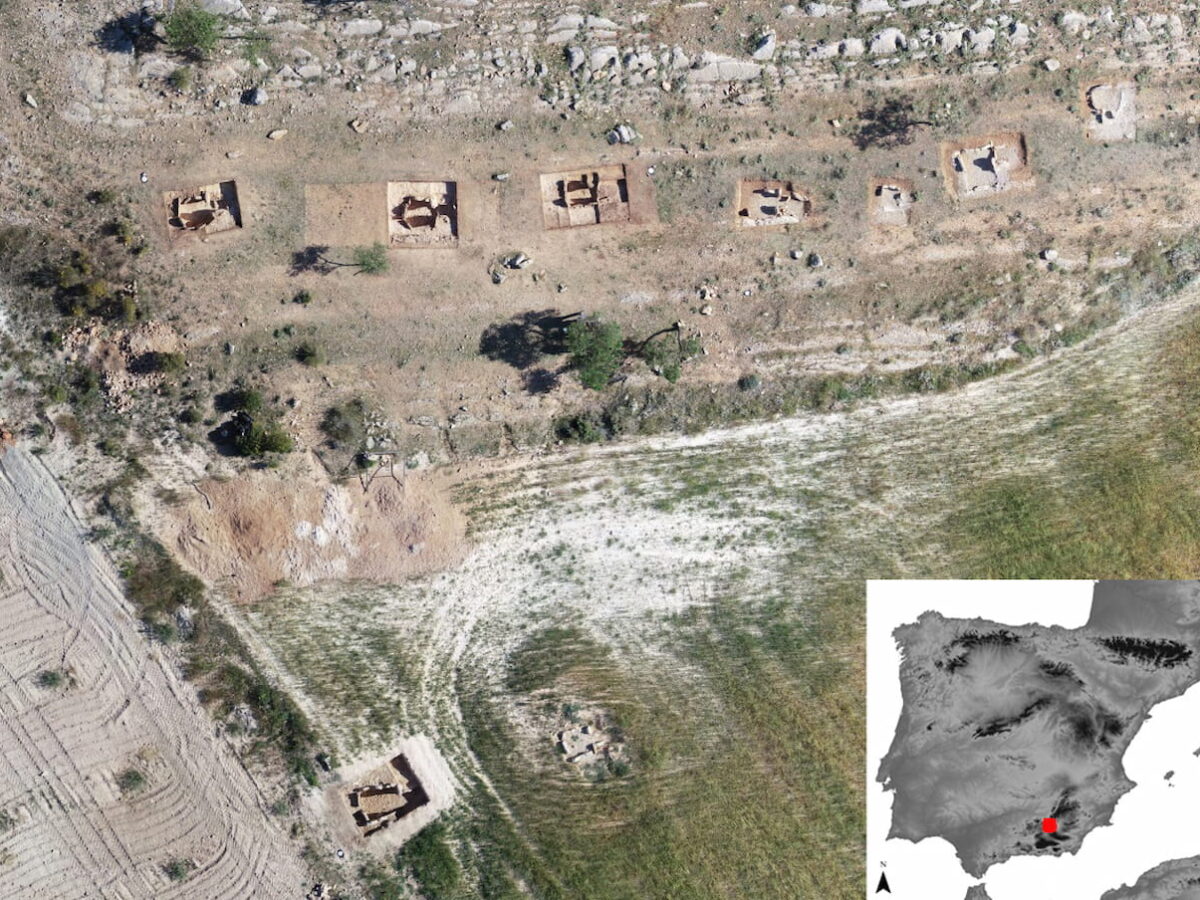A recent study has revealed that the hypogeum cemetery of La Beleña, located in the province of Córdoba (southern Spain), is one of the oldest in the Iberian Peninsula, with remains dating back to around 3700 B.C. Radiocarbon analysis and Bayesian modeling, conducted by a team of researchers from several Spanish universities, have uncovered surprising […]
Spain
Mujahid al-Amiri, the Slavic ruler of the taifa of Denia who gathered the best Andalusian intellectuals of the 11th century
In the Christian part of the Iberian Peninsula, the 11th century saw the rise of the kingdoms of Castile and Aragon, the birth of Portugal, the dominance of the county of Barcelona over the other Catalan counties, the adventures of El Cid, and the opening of the Way of St. James. In the Muslim zone, […]
The Urban Layout, Buildings and Baths Uncovered in the Ancient Vacceo-Roman City of Saldania in Spain
Recent archaeological investigations, led by experts from the Institute of Archaeology of Mérida (IAM), have brought to light the remains of an ancient Vacceo-Roman city, hidden underground for more than 15 centuries. This discovery was made possible through the application of advanced geophysical technology, specifically the use of ground-penetrating radar, which has revealed the urban […]
A new prehistoric culture found in a Spanish cave is the oldest evidence of Upper Paleolithic in the Iberian Peninsula
Archaeologists from the University of Valladolid have discovered in the Millán Cave, located in the northern Iberian Peninsula, in the Spanish province of Burgos, an Initial Upper Paleolithic lithic industry, which they have named “Arlanzian”, and which stands out as the oldest and southernmost of its kind in the peninsula. This industry, of uncertain origin, […]
Findings in the Megalithic Necropolis of Panoría in Granada Reveal a Social Organization Centered on Women 4,000 Years Ago
A recent study carried out by a multidisciplinary team from the University of Granada has revealed a surprising discovery in the megalithic necropolis of Panoría, located in Darro (Granada, Spain). The research, led by the GEA group of this university, has focused on analyzing the bone remains found in nine graves of this necropolis, where […]
Discoveries in the Cova dels Tritons push back the presence of the first Homo sapiens in the Prehistoric Pyrenees by 5,000 years
The history of human settlement in the valleys of the Pyrenees and Pre-Pyrenees has always been closely tied to climate changes over time. The changing nature of the climate in this region, with extremely cold periods followed by milder ones, has decisively influenced the permanence and abandonment of human settlements. During Prehistory, these valleys experienced […]
The Tribute of the Three Cows, the oldest treaty still in force in Europe, may have started as a sanction for supporting the invasion of the Cimbri in 125 BC
For six and a half centuries, a peculiar ceremony has been held every July 13 at the Ernaz pass and the San Martín stone, a mountain pass in the Pyrenees that serves as a border point between the Foral Community of Navarra (Spain) and the Pyrénées-Atlantiques department (France). The event consists of the delivery of […]
The Roman Forum of the Ancient City of Ocuri, Unearthed in Southern Spain
In the lands of the municipality of Ubrique in Cadiz (south of Spain), a team of archaeologists from the University of Granada has confirmed hypotheses put forth more than two centuries ago, bringing to light the Roman forum of the ancient city of Ocuri. The excavations, the result of a collaboration between the University of […]
Silver production in the southeastern Iberian Peninsula did not stop during the Phoenician crisis of the 6th century BC
The results of a study conducted by an international team of researchers on silver and lead production in the southeastern Iberian Peninsula during the first millennium BC challenge previous theories about the impact of the Phoenician commercial crisis of the 6th century BC on this important economic activity. The study, recently published in the Journal […]
Rihonor de Castilla, the Village that is Half Spanish and Half Portuguese
Border towns and territories often have a turbulent history, being the object of both military and political confrontations over their possession, and frequently changing hands. When it comes to regions, the most characteristic examples are perhaps Alsace and Lorraine, which have alternated between being part of France and Germany. And if we talk about towns, […]











